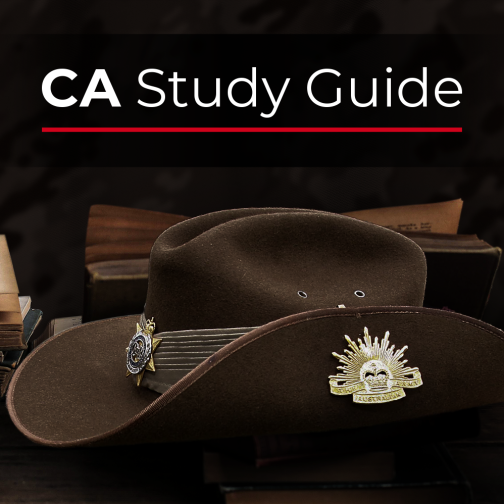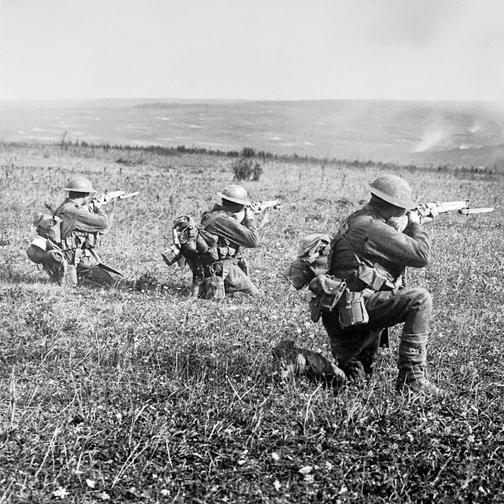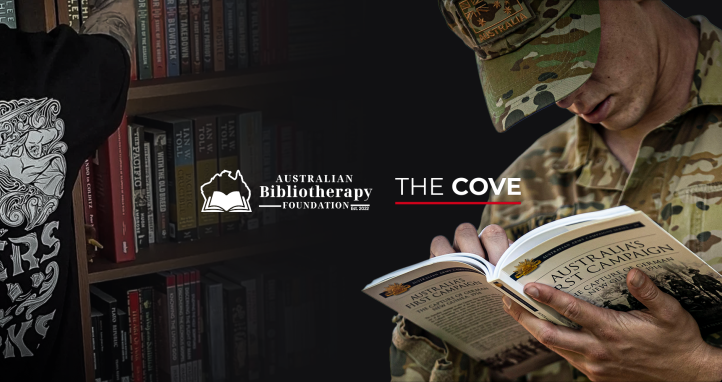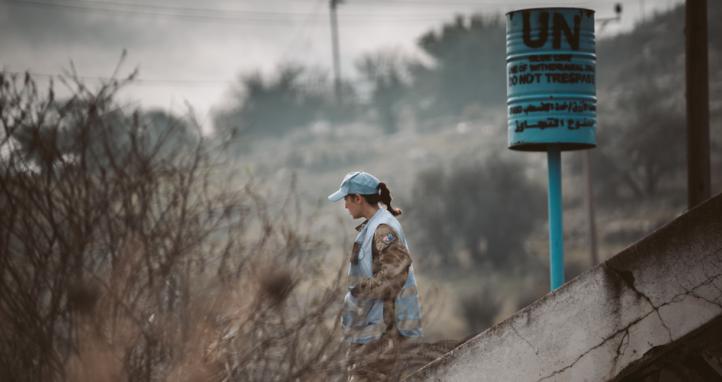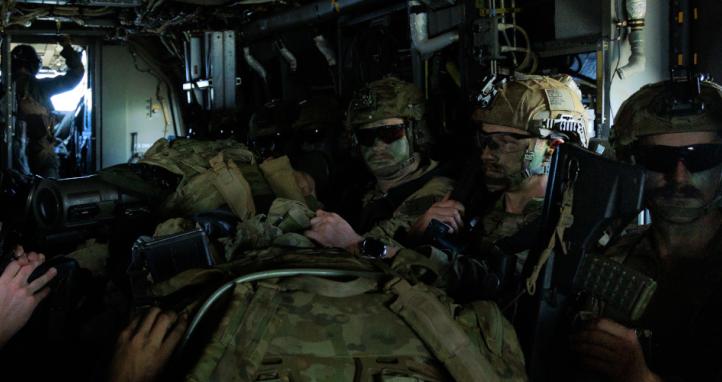Corporal John Hurst 'Jack' Edmondson VC (1914 - 1941, 26yo)
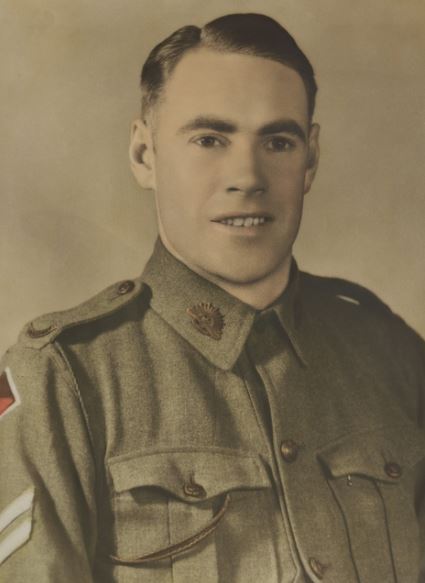 John Hurst Edmondson was born on 8 October 1914 in Wagga Wagga, New South Wales. He began his military involvement in March 1939, serving in the 4th Battalion of the Militia. Following the outbreak of war, he enlisted in the Australian Imperial Force on 20 May 1940 and joined the 2nd/17th Battalion. By the end of that same month, he had been promoted to acting Corporal.
John Hurst Edmondson was born on 8 October 1914 in Wagga Wagga, New South Wales. He began his military involvement in March 1939, serving in the 4th Battalion of the Militia. Following the outbreak of war, he enlisted in the Australian Imperial Force on 20 May 1940 and joined the 2nd/17th Battalion. By the end of that same month, he had been promoted to acting Corporal.
Deployed to North Africa with the 9th Division, the 2nd/17th Battalion advanced as far as Marsa Brega in Libya before being forced to retreat to Tobruk in the face of an Axis counter-offensive. The siege of Tobruk commenced on 11 April 1941. Two nights later, German forces launched a probing attack against a section of the defensive perimeter near Post R33, targeting the area as a potential staging point for a larger armoured assault.
No.16 Platoon of the 2nd/17th Battalion, which included Edmondson as a section leader, was stationed at this forward position. Around thirty German troops infiltrated the wire under cover of darkness, equipped with machine guns, mortars, and light artillery. Lieutenant Austin Mackell led a seven-man counter-attack, including Edmondson. As they attempted to outflank the enemy, the Australians came under heavy fire. Unbeknownst to his comrades, Edmondson was seriously wounded in the neck and stomach. At the designated time of 11:45 p.m., covering fire ceased, and Mackell ordered a charge. Edmondson, despite his wounds, fought fiercely, killing several German soldiers and saving Mackell’s life in the process. After the remaining enemy retreated, the Australians withdrew to their lines. Edmondson succumbed to his injuries before dawn on 14 April.
The German offensive planned for that morning failed, partly due to the disruption caused by Edmondson’s actions. He was laid to rest in Tobruk War Cemetery. Unmarried and only 26 years old, he was posthumously awarded the Victoria Cross, gazetted on 4 July 1941—the first such award to an Australian serviceman in the Second World War.
In April 1960, his mother donated his medals to the Australian War Memorial, where they are now displayed beside a 1958 portrait by Joshua Smith. His legacy is also honoured in Liverpool, New South Wales, with a public clock and a Returned Services League clubroom bearing his name.
Air Vice Marshall Sir Hughie Idwal Edwards VC, KCMG, CB, DSO, OBE, DFC (1914 - 1982, 68yo)
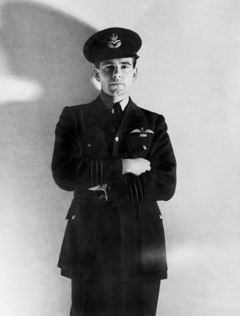 Sir Hughie Edwards was born in Fremantle, Western Australia on 1 August 1914. Before his military career, he held a series of jobs—including working for a shipping agent, at a racing stable, and in a factory. In March 1934, he joined the Permanent Military Forces and served with the 6th Heavy Battery of the Royal Australian Artillery, which was responsible for defending the Fremantle coast. However, his time in the Army was short-lived. To his surprise, he was accepted into the Royal Australian Air Force as a cadet on 15 July 1935 and sent to No.1 Flying Training School at Point Cook, Victoria. Though not a naturally gifted pilot, he graduated with an 'above average' rating.
Sir Hughie Edwards was born in Fremantle, Western Australia on 1 August 1914. Before his military career, he held a series of jobs—including working for a shipping agent, at a racing stable, and in a factory. In March 1934, he joined the Permanent Military Forces and served with the 6th Heavy Battery of the Royal Australian Artillery, which was responsible for defending the Fremantle coast. However, his time in the Army was short-lived. To his surprise, he was accepted into the Royal Australian Air Force as a cadet on 15 July 1935 and sent to No.1 Flying Training School at Point Cook, Victoria. Though not a naturally gifted pilot, he graduated with an 'above average' rating.
Edwards became proficient on the new Blenheim bombers and was promoted to Flying Officer in May 1938. That same year, he narrowly survived a serious accident when his aircraft iced up inside a storm cloud and went into a spin. After ordering his crew to bail out, Edwards attempted to escape himself but became entangled in the radio aerial as he exited. He effectively "rode" the crashing aircraft to the ground and was critically injured, spending nearly two years recovering. With World War II underway, Edwards was determined to return to active duty and eventually persuaded medical authorities to clear him for flying in April 1940.
Now a Flight Lieutenant, he survived another crash in October 1940 and joined No.139 Squadron in February 1941. The unit carried out high-risk bombing runs over coastal Europe and inland targets. Edwards' squadron experienced severe attrition, and survivors were rapidly promoted. By April, he was acting Squadron Leader and the following month was given command of No.105 Squadron as acting Wing Commander. 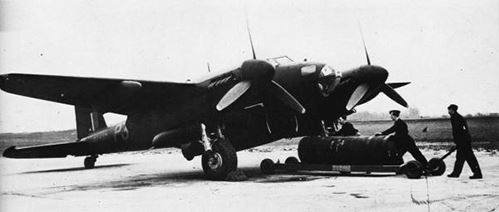
On 4 July 1941, Edwards led twelve Blenheims on a daring daylight raid over Bremen, Germany. The bombers flew at low level beneath power lines, through balloon barrages, and into dense flak. Four aircraft were lost, and Edwards’ own bomber returned with significant damage, including a wounded crewman, destroyed radio equipment, and a large section of the wing missing. His leadership and courage during the mission earned him the Victoria Cross.
Promoted to acting Group Captain in February 1943, Edwards was placed in command of RAF Binbrook, Lincolnshire, the base for No.460 Squadron, RAAF. Managing a large complement of Australian air and ground personnel, he faced the challenges of leading during the intense campaigns of the Ruhr and Berlin. Despite heavy losses, his leadership helped sustain morale. Though admired by his crews, he was often considered a reckless pilot—brave and spirited, but not especially skilled.
Edwards died on 5 August 1982 at Darling Point, New South Wales, from a subdural haematoma following a fall. He was survived by his wife and two children from a previous marriage and was cremated. As Australia's most highly decorated serviceman of World War II, he was widely respected and held in deep esteem by his peers. His medals are housed at the Australian War Memorial, which also displays a 1944 portrait by Stella Bowen and a 1982 painting by Ray Honisett depicting the Bremen raid. A bronze statue of Edwards by Andrew Kay was unveiled in Kings Square, Fremantle, in 2002.
Last Reviewed 06/2025

